Differences Between Log Home And Log Cabin
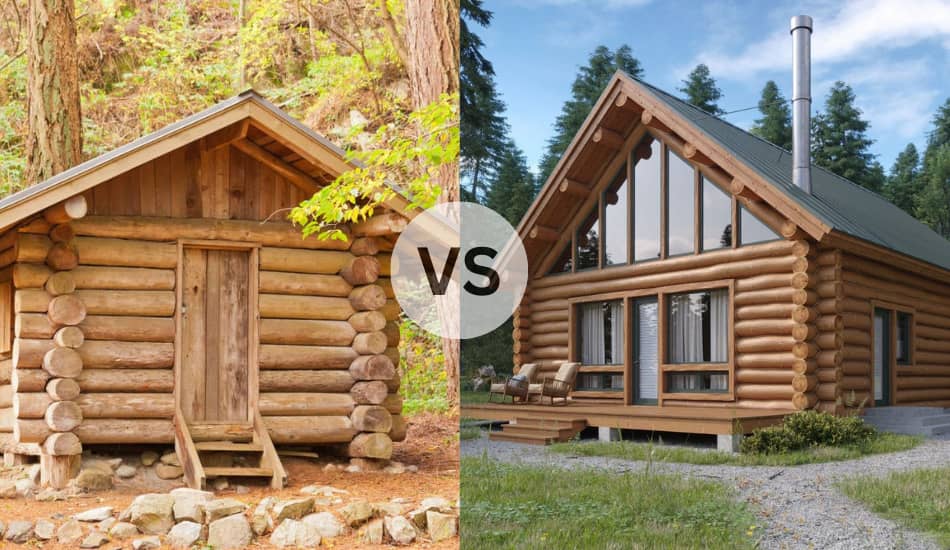
For years, many families have admired log homes. Their simple, Scandinavian style is something special and unique that simply takes people’s breath away. Especially today, when everyone seems to be always busy, the idea of a log home feels more tempting than ever.
But, if you’re thinking of building your own wooden house, there are some things you need to know. Log homes and log cabins aren’t the same, from how they look to how they’re put together. In this article, we’ll talk about their differences and what makes them unique. So, let’s start!
What Are the Differences Between Log Home And Log Cabin? Log homes are typically larger, permanent places that are equipped for full-time living. On the other hand, log cabins are generally smaller structures and are often used as vacation or secondary homes. The main difference between the two lies in their size and the purpose they provide.
Many people today are confused and think that a log cabin and a log home are the same – but they are not. For this reason, in this article, we will go through the main differences you need to know in detail.
Related Article: Difference Between a Log Cabin and Brick House
Table of Contents
Log Home or Log Cabin – What’s The Difference?
When you think of a log cabin, you might picture a cozy, small place. Many see cabins as relaxing spots near lakes or forests or as temporary shelters for fishing or hunting trips. And log cabins are exactly that.
On the other hand, log homes are usually spacious houses where people live all the time, whether in town or rural areas. They’re seen less as short-term holiday spots and more as permanent homes for families or pairs. A log home is something like a house.
Now that we’ve explained that, let’s dive deeper into the common perceptions of these two. In this section, we’ll talk about the main differences between log homes and log cabins. So, let’s start!
1. Log Cabin Homes Have Different Styles
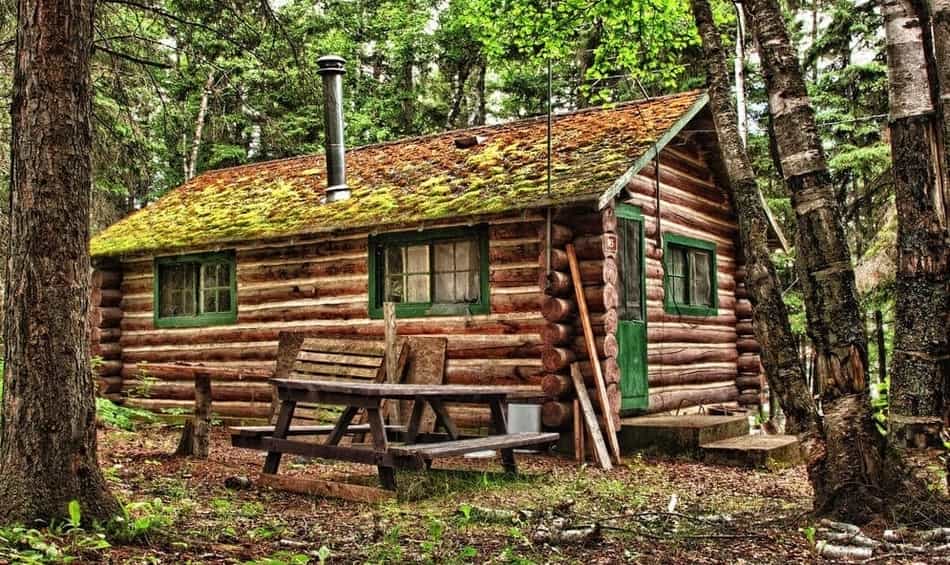
Log cabins are a reflection of the creativity and taste of their owners. They can be built from different types of wood, which greatly changes their style.
Prefer a certain roof style? Maybe an outdoor kitchen lounge? No problem. Modern log cabins blend the rustic charm of logs with urban design, taking on roles beyond just being homes. Some use them as offices, while others see them as garden gym sheds.
While traditional log cabins might remind you of what you’ve seen in movies or on wilderness trips, today’s cabins have evolved. Many log cabins are now used as modern summer wooden houses.
2. Problems With Electrical Wiring
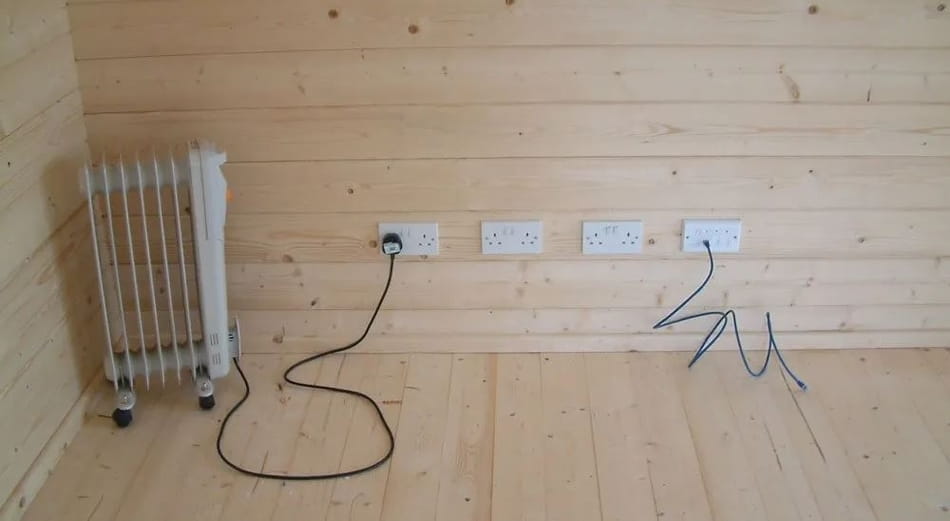
It’s not uncommon for log cabin owners to grapple with extreme heat in the summer and cold temperatures in the winter. This doesn’t just make for an uncomfortable living space but can also affect your energy bill. On the other hand, log homes are much better insulated and have no problems with that.
What’s causing this? Often, it’s down to poor construction. Gaps in the logs weaken the insulation. To avoid this problem, always opt for quality timber. If construction isn’t your strong suit, we suggest you hire experts and make good insulation.
However, if you want to DIY this project, good for you. Just don’t forget to seal any gaps with a flexible sealant. This is crucial for keeping your cabin cozy and warm.
Installing electrical wiring in a log cabin can be complicated. With thick logs, making changes later is often not an option. So, it’s essential to get the wiring right from the beginning. Careful planning is key, whether it’s about positioning wires, deciding on socket locations, or placing light switches.
If unsure, it’s wise to bring in a professional to guide or even manage the process, ensuring everything’s up to par from the start.
3. Log Homes Have A Stunning Look
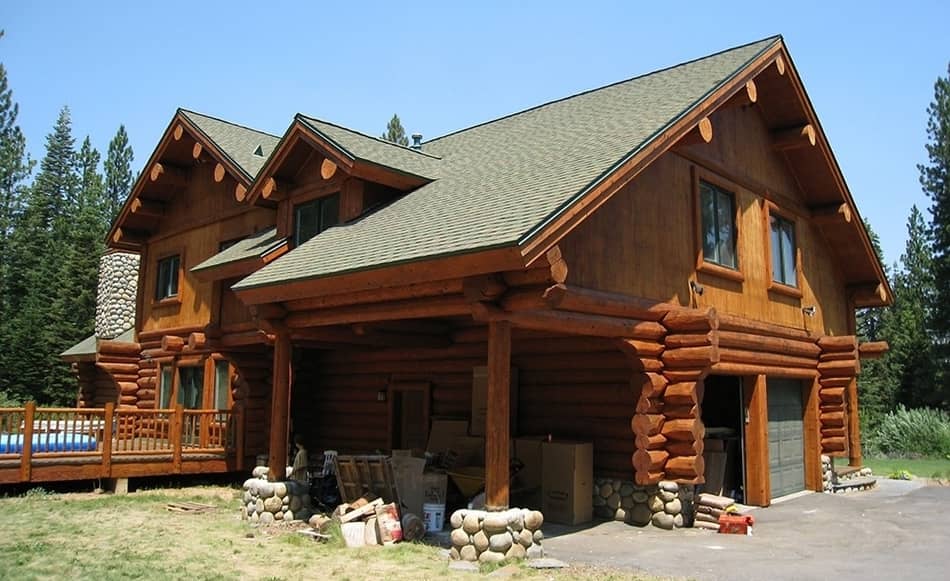
Log homes stand out for their simplicity and unique and stunning surroundings. Their rustic appearance resonates with those who deeply appreciate the outdoors. On the other hand, the log cabin does not provide such an impression and does not give a stunning look as it does log home.
When planning your own log home, think about its location. Positioning your log home to capture a stunning view can enhance your mornings.
Therefore, choosing the perfect location for building a log home is very important. Enhance the ambiance further with additions like a fire pit, invoking the rustic charm often linked with secluded log cabins.
Related Article: Difference Between a Log Cabin And Garden Room
4. Maintenance Problems With Log Homes
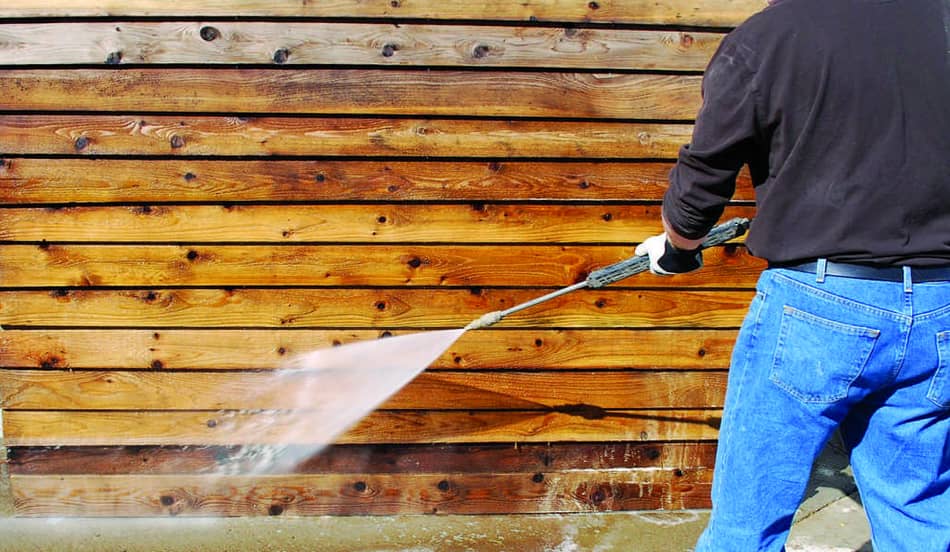
With their rustic charm, log homes often remind us of simpler times. This simplicity is associated with its maintenance, but potential owners should be well-informed about maintenance requirements. On the other hand, log cabins require much less maintenance because they are not intended for use like log homes.
A concern that some log cabin owners face is pests, especially insects. Occasionally, these pests might inhabit the wood used for construction. More commonly, they make their way in post-construction. So how to get rid of them? Ensuring the wood is properly dried and treated is very important.
Regularly check the exterior for signs of wear or pest presence. While some pests might be annoying, others can seriously harm your log cabin. Log homes also need periodic exterior refinishing. Due to weathering, you might find yourself reapplying the finish every 3 to 4 years, although some finishes can endure longer.
Natural changes in the wood are also inevitable. As logs lose moisture over time, they can shrink, leading to small cracks or gaps. Treated wood often delays this, but after particularly wet or cold seasons, it’s good to check. Also, for log homes with added functionalities, like kitchens, proper cleaning and ventilation are essential to maintain over the years.
5. Rustic or More Modern Log Cabin Homes?
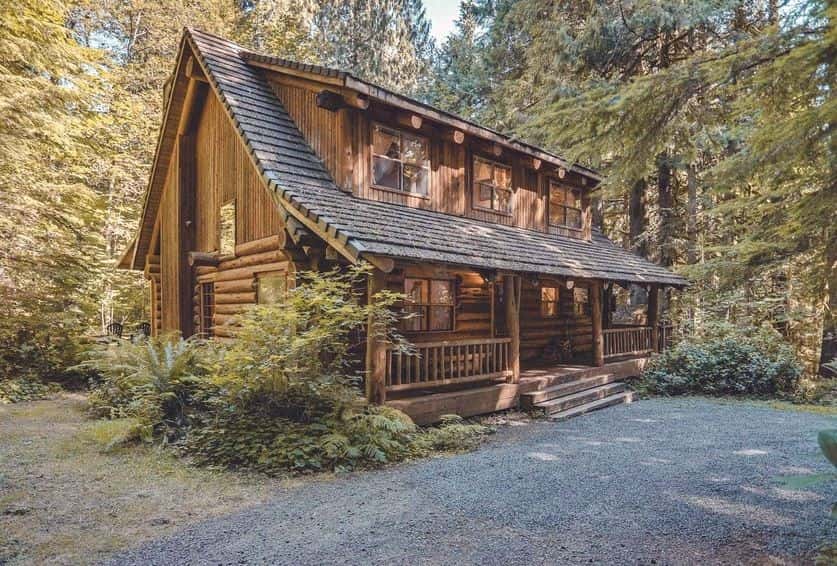
Are you leaning towards a traditional, rustic log cabin or a sleek, modern structure? Log homes are much more refined and luxurious than log cabins.
A cabin with an age-old, rustic charm on the outside can still boast a contemporary vibe inside. Consider integrating modern windows, advanced door locks, stylish mirrors, or even gym and office gadgets.
For those drawn to a more modern aesthetic, consider painting your window frames or indoor cabinets and opting for modern furniture pieces. If you’re set on a purely modern style, there’s a plethora of up-to-date log cabins available at very low prices. This way, you can enjoy a classic look without retrofitting a traditional cabin.
Related Article: Difference Between a Log Cabin And Timber Frame
6. Log Home Can Be Build From a Prefabricated Kit
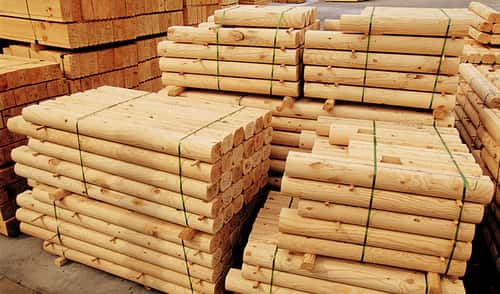
Constructing a log home from scratch can be a worthwhile but time-consuming experience, potentially stretching over several weeks if not approached correctly. On the other hand, building a log cabin can be done much faster.
Seeking a faster alternative? Look into log cabin or prefab home kits. By using these Kits you can fast and easily build your log home. Numerous providers offer these easy-to-assemble kits, complete with step-by-step guidelines. This way, you can have your dream home up in no time.
If you want to learn more about this topic, watch this video where he talks about log cabins and log homes:
Cost of Log Homes Vs. Log Cabins
Log cabins are usually smaller and often require fewer construction materials, which means lower costs. You can use full logs or the more economical log siding. Log homes, on the other hand, require much more materials and work due to their complexity, which leads to higher costs.
While many log cabins feature essentials like electricity, plumbing, and running water, some might lack these amenities. Some cabins depend on external water sources or well water.
Heating and cooking might be reliant on wood stoves, and eco-friendly compost toilets can replace traditional plumbing. This minimalistic approach can mean significant savings compared to fully-equipped log homes.
Cabins in remote regions might not have access to internet or TV services. Many appreciate this stripped-back, rustic feel, truly enjoying the chance to disconnect.
Related Article: Are Log Homes Hard to Maintain?
FAQ: People Also Ask
What defines a log cabin?
A log cabin is typically a modest wooden structure, often with a more basic or rustic architectural design. Originating in Europe, log cabins in America hold a historical significance, commonly linked with the pioneering settlers’ initial homes.
What are the different types of cabins?
Typically, cabins can be categorized as handcrafted, timber frame, stick built, or full scribe. Contemporary cabins tend to be more spacious, accommodating families, with the specific cabin type and its design influenced by its intended use and locale.
Final Thoughts
Log homes and log cabins, while both charming in their own way, serve different purposes and offer a unique look. Log homes are generally larger, designed for permanent residency, and come equipped with modern amenities, reflecting a style of tradition and contemporary comfort.
On the other hand, log cabins lean towards the more rustic side, often found in calm natural settings, and may offer a more basic living experience. The choice between the two largely depends on one’s lifestyle, needs, and aesthetic preferences. Understanding these differences helps us to choose what we need much more easily. I hope this article helped you, and if you have additional questions, feel free to comment.
